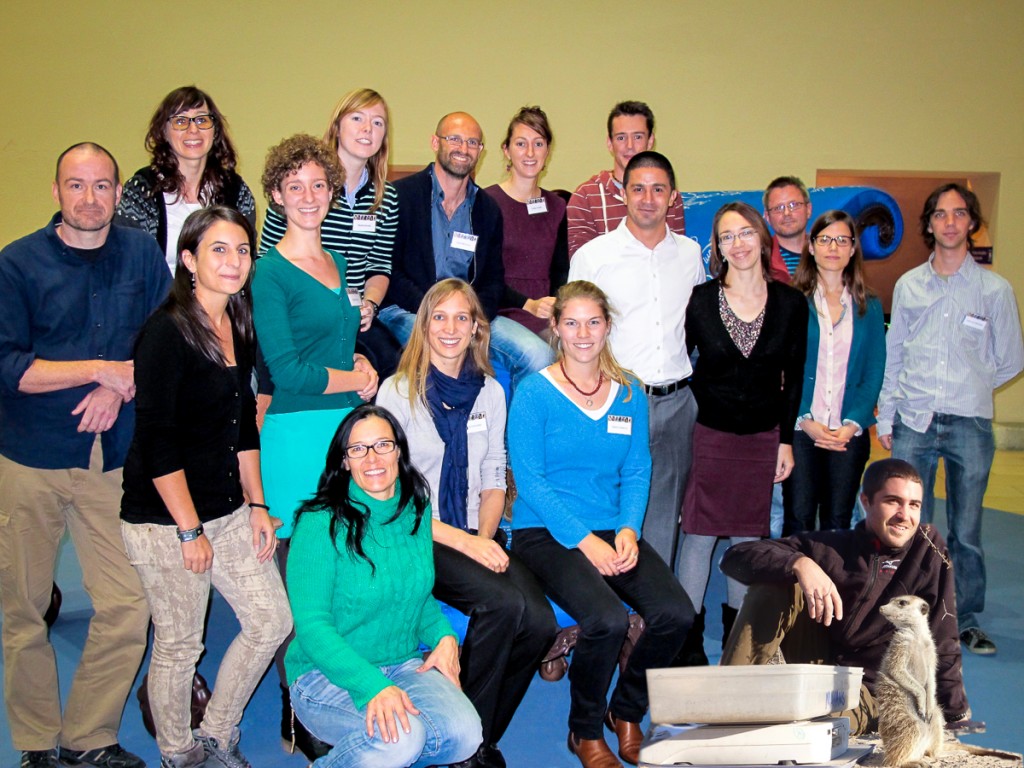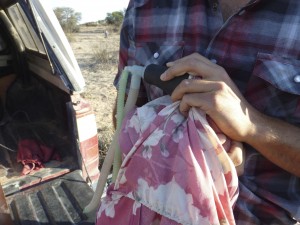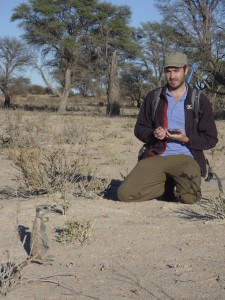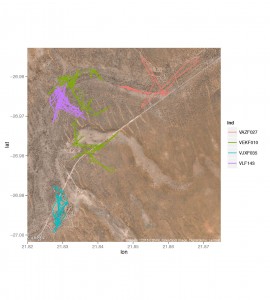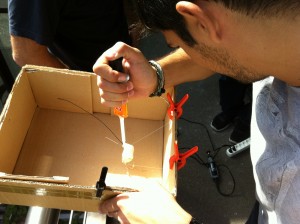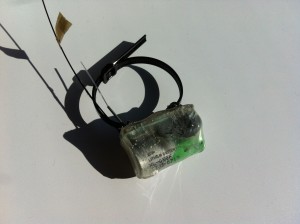Well, sometimes it is about fathers and sons, but sometimes it is also about sisters and unrelated males to find each other and settle down…
Three months after the beginning of our fieldwork we finally recorded our first long-range dispersal event. Following aggressive eviction from the natal group, a dispersing coalition of five subordinate females joined a group of unrelated roving males and left the core study area. The newly- formed group went undetected for several weeks until Nino found one of the coalition members (VLF152) …back on the reserve where she was captured and collared 5 weeks before. Interestingly enough she wasn’t with any of her original coalition partners and instead paired up with two newly evicted sisters.
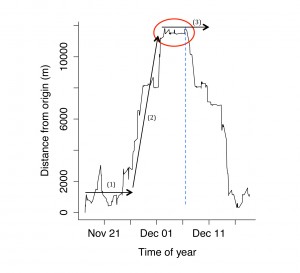
But where were the other four sisters? Did the coalition simply split or did the other die? Or did they settled down somewhere with the males? But if so, why did VLF152 “return home” instead or remaining within them? Is this because, even within the new group, she was occupying a low rank and had therefore no chance of reproducing (for only one female, the dominant female, reproduces within a group)? We are currently trying to find the other four females to answer some of our questions. Knowing the where about of VLF152 – information that we can remotely download from her GPS collar – should help in this task since we can restrict our search radius.
This dispersal event adds to the previously collared individuals. At present, three dispersal coalitions returned to the natal group, one female returned to the natal group after her coalition partner got hit by a car but got evicted again, three coalitions are still dispersing and one single disperser got predated by a raptor. We thus recorded two cases of dispersal-related mortality. These movement data will allow us to investigate the influence that individual traits (e.g. age, size) but also the environment and the social spatial context (i.e. the distribution of territorial groups) have on dispersal patterns and dispersal success (survival rate and settlement likelihood).
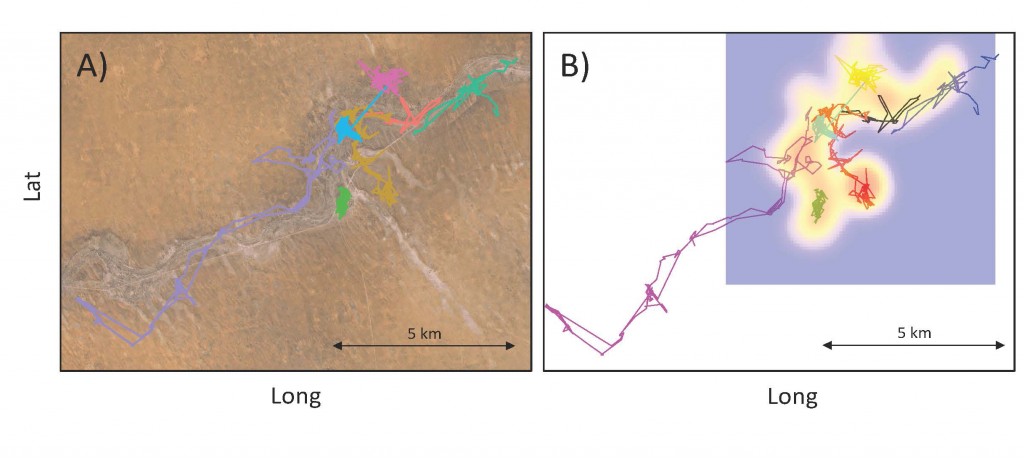
!!! Merry Christmas from us all and a successful 2014 !!!

